Introduction
Les événements de grande envergure, tels que les festivals de musique, les événements sportifs et les rassemblements publics, sollicitent énormément les réseaux sans fil. Pour garantir une connectivité fluide aux participants, les opérateurs de réseaux déploient des cellules mobiles sur roues (COW), des sites cellulaires temporaires offrant une capacité et une couverture supplémentaires. Cependant, tous les COW ne se valent pas. Les spécifications techniques de ces unités déterminent leur efficacité dans les environnements à haute densité. Cet article détaille les principales exigences techniques et applicatives des COW pour les grandes salles et les festivals.
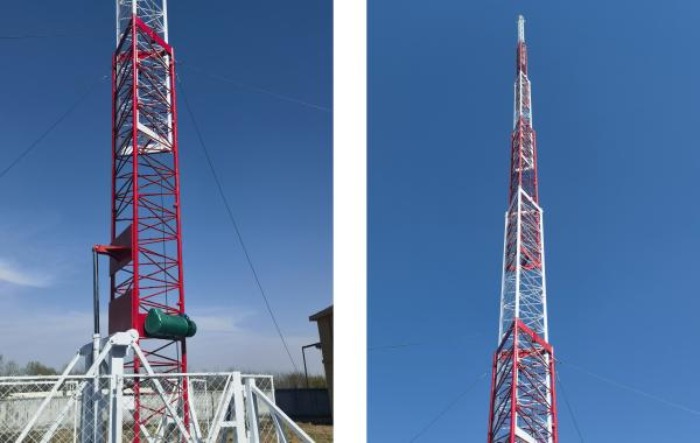
Une station de base cellulaire portable (COW) est une station de base cellulaire portable montée sur une remorque ou un véhicule. Elle comprend des antennes, des équipements radio, une connectivité de liaison terrestre et des systèmes d'alimentation. Les COW sont conçues pour un déploiement rapide dans les zones où les infrastructures permanentes sont insuffisantes ou indisponibles.
Mobilité et temps d'installation :
Conception de remorque : Remorques robustes et remorquables avec systèmes de stabilisation (par exemple, vérins hydrauliques) pour terrains accidentés.
Déploiement rapide : le temps d’installation doit être inférieur à 2 à 3 heures pour les scénarios d’événements critiques.
Hauteur et système de mât :
Hauteur de l'antenne : mâts télescopiques atteignant 10 à 30 mètres pour assurer une couverture en visibilité directe au-dessus des foules.
Résistance au vent : Doit résister à des vitesses de vent ≥ 80 km/h (par exemple, normes ANSI/TIA-322).
Support multi-technologies :
Compatibilité 4G LTE et 5NR : essentielle pour gérer les appareils actuels et de nouvelle génération.
Bandes de fréquences : prise en charge de la bande basse (par exemple, 600 MHz pour la couverture) et de la bande moyenne (par exemple, 3,5 GHz pour la capacité).
Capacité et débit :
Sectorisation : généralement 3 à 4 secteurs par COW, chacun avec plusieurs antennes pour MIMO (par exemple, 4x4 MIMO).
Utilisateurs simultanés : capable de prendre en charge 1 000 à 2 000 utilisateurs simultanés par COW.
Débits de données de pointe : débit global de 1 Gbit/s ou plus par unité.
Fibre vs. Sans fil :
Fibre optique : privilégiée pour sa grande capacité et sa faible latence, mais nécessite une infrastructure préexistante.
Liaisons micro-ondes/sans fil : liaisons en bande E ou à ondes millimétriques offrant une capacité de 1 à 10 Gbit/s avec un déploiement rapide.
Sauvegarde par satellite : Pour les endroits éloignés sans accès à la fibre ou au micro-ondes.
Options d'alimentation principales :
Raccordement au réseau : si disponible, avec commutateurs de transfert automatiques.
Générateurs diesel : courants pour les déploiements hors réseau, avec une autonomie en carburant de 24 à 48 heures.
Alternatives vertes :
Stockage de la batterie : batteries lithium-ion pour un fonctionnement silencieux et sans émission.
Systèmes hybrides solaires : Panneaux solaires supplémentaires pour réduire le temps de fonctionnement du générateur.
Étanchéité : boîtiers classés IP55 pour la résistance à la poussière et à l'eau.
Plage de température : Fonctionnement de -30°C à +50°C avec systèmes CVC intégrés.
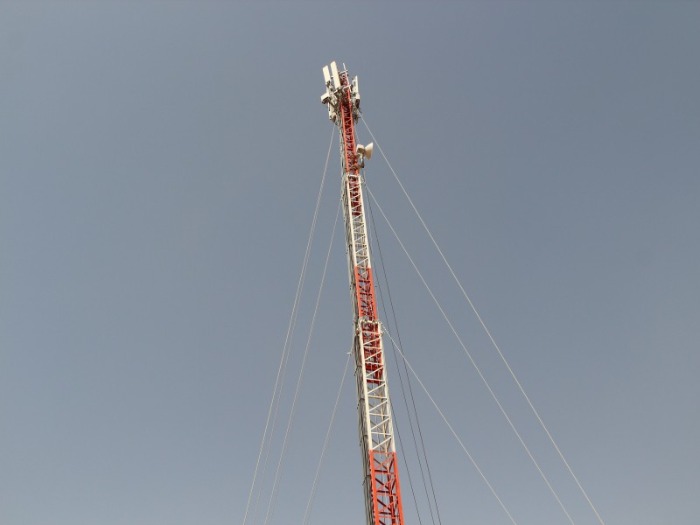
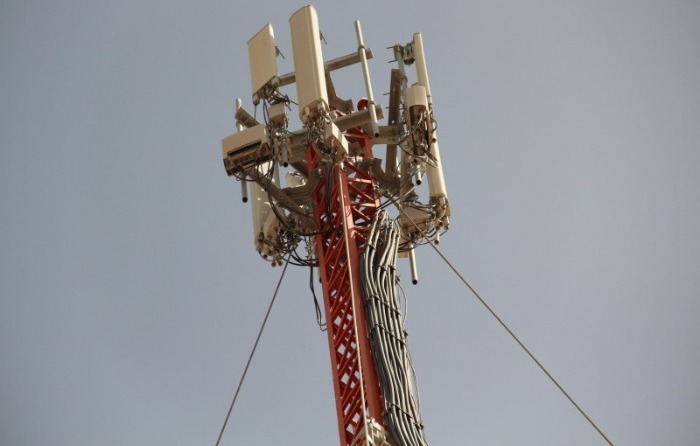
Zones à haute densité : les COW doivent être placés près des scènes, des entrées et des zones de restauration où la concentration d'utilisateurs est la plus élevée.
Gestion des interférences : coordination avec les sites macro permanents pour éviter les problèmes de transfert ou les interférences de signal.
Furtivité et esthétique : les COW peuvent être camouflés ou marqués pour se fondre dans les thèmes de l'événement.
Sécurité et sûreté : enceintes clôturées et surveillance 24h/24 et 7j/7 pour éviter toute altération ou vol.
Festivals de musique (par exemple, Coachella) : les COW dotés de capacités 5G mmWave offrent des vitesses multi-gigabits pour la diffusion en direct et le partage social.
Stades sportifs : les COW complètent les DAS (Distributed Antenna Systems) permanents lors des matchs éliminatoires ou des concerts.
Réponse d'urgence : utilisée dans les scénarios de reprise après sinistre pour rétablir la communication.
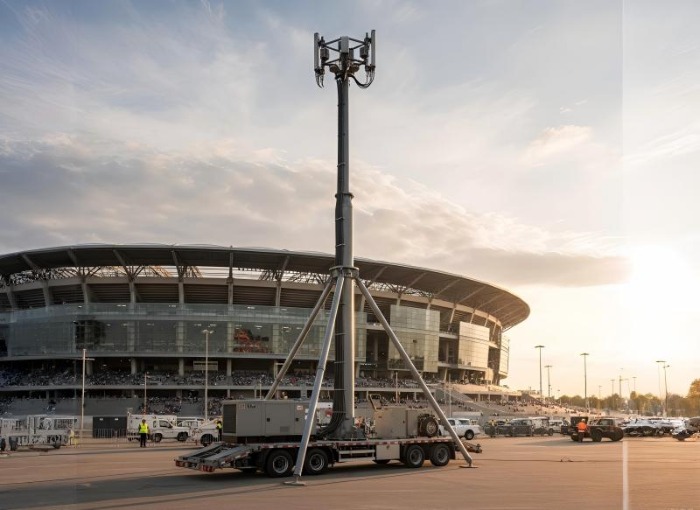
Location ou propriété : De nombreux opérateurs louent des COW auprès d'entreprises spécialisées comme Verizon Portable Network ou AT&T COW Units.
Coût total du déploiement : Les prix varient de 10 000 $ à 50 000 $ par événement, y compris le transport, l'installation et le démontage.
Surveillance et maintenance : Gestion à distance via des capteurs IoT pour les niveaux de carburant, l'état de la batterie et l'état de l'équipement.
Fonctionnalités avancées de la 5G : Prise en charge du MIMO massif (par exemple, antennes 64T64R) et du partage dynamique du spectre (DSS).
Optimisation pilotée par l'IA : Apprentissage automatique pour prédire les modèles de trafic et admettre automatiquement les paramètres du réseau.
Conception modulaire : Composants interchangeables pour des mises à niveau faciles vers de nouvelles technologies.
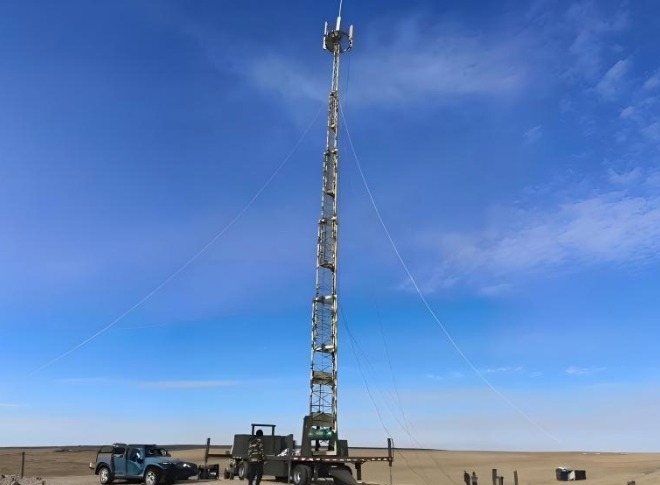
Les unités Cell on Wheels sont des merveilles d'ingénierie alliant mobilité robuste et technologie sans fil de pointe. Leurs spécifications techniques, de la hauteur du mât à la capacité de liaison terrestre, en passant par l'autonomie électrique, ont un impact direct sur leur capacité à connecter des milliers d'utilisateurs en toute fluidité. Pour les planificateurs de réseaux, la compréhension de ces spécifications est essentielle pour offrir une expérience optimale dans les grandes salles et les festivals. Face à la croissance de l'ampleur des événements et à leur dépendance au numérique, les unités Cell on Wheels continueront d'évoluer, garantissant que la connectivité ne devienne jamais un goulot d'étranglement.
En savoir plus sur www.alttower.com